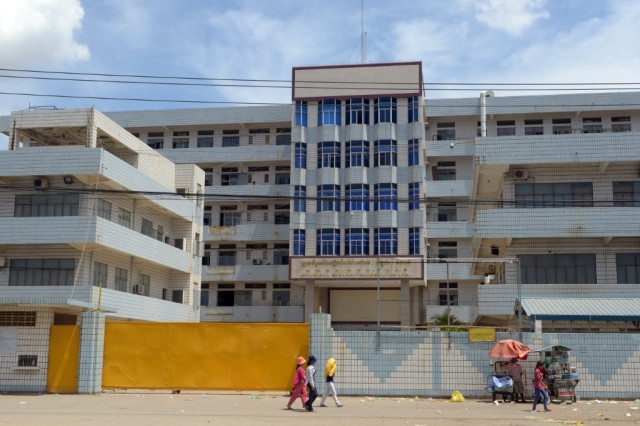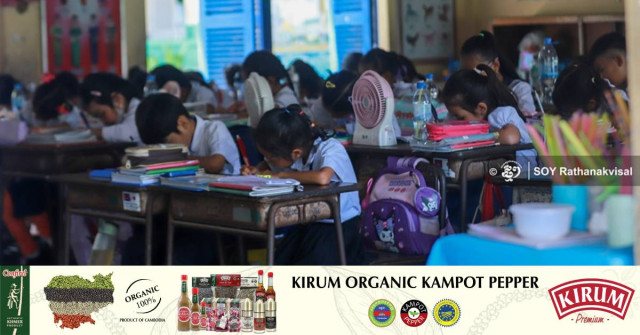Garment Factories Fuelled by Illegal Timber: Investigators

- By Phoung Vantha
- July 19, 2023 4:20 PM
PHNOM PENH--Cambodia’s garment, footwear and travel goods industry association has urged its members to find sustainable fuel sources to power their factories after a damning report by an international science news outlet.
An investigation by the Mongabay platform found factories were being supplied with tens of thousands of tonnes of timber every year, much of it taken illegally from Central Cardamoms National Park which is spread across Kampong Speu, Koh Kong and Pursat provinces.
The report says Cambodia’s exports from the sector, which reached more than $5 billion a year before the pandemic, is driving deforestation. Factories burn wood to boil water to wash, dye and iron garments and to generate electricity to run machinery.
The Textile, Garment, Footwear and Travel Goods Association of Cambodia (TAFTAC) said the sector used about 300,000 tonnes of forest wood every year out of more than 780,000 used by the country’s general industrial sector.
“Unsustainable use of wood and charcoal has been affecting the environment and leading to the loss of wildlife shelter, climate change, increase in greenhouse gas and global warming, floods, drought and storms,” it said.
“To avoid and reduce the effect resulting from the use of unsustainable wood and charcoal, TAFTAC would like to encourage all member factories to consider taking effective measures to use sustainable and renewable energy supply such as pellets/briquettes or unprocessed rice husk and traceable wood.
“TAFTAC believes that all members will change to use sustainable and renewable fuel to reduce the activity of illegal jogging and promote sustainable development.”
The Mongabay report cites University of London research in 2021 which said about a third of the estimated 1,200 garment factories in Cambodia were burning an average of 562 tonnes of forest wood every day.
Its investigators followed the lives of villagers who made dangerous trips on rutted forest tracks in search of timber. Some dead trees could be cut legally but the factories would also buy new growth wood.
Risks included being crushed by capsizing logging tractors and from patrols by the Wildlife Alliance, a donor-funded NGO.
Wildlife Alliance staff work with police, military police and Environment Ministry rangers to arrest illegal loggers, seize their equipment and destroy the timber.















